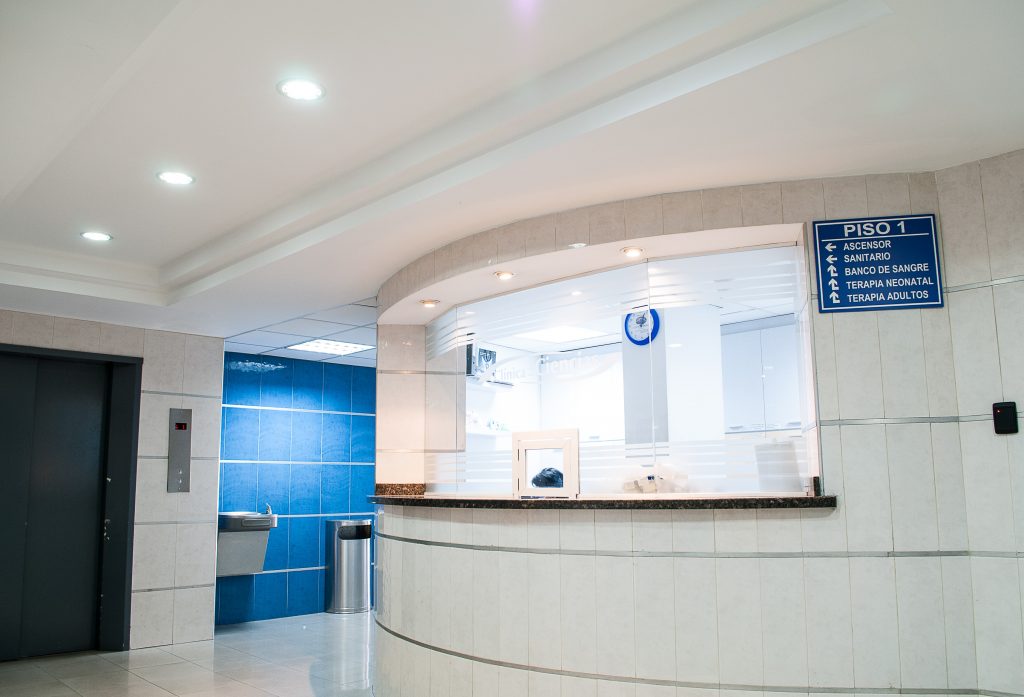 One area of physical security that’s often overlooked is the perimeter. More often than not, the bulk of any security budget is spent on the protection of goods or buildings rather than outside areas. But let’s not forget, the increased security of outdoor perimeters can significantly increase protection well before the other (usually more costly) measures are even tested. In order to correctly ensure the best perimeter detection, the 5’D’s of perimeter security need to be taken into account… Let’s take a closer look at each in turn.
One area of physical security that’s often overlooked is the perimeter. More often than not, the bulk of any security budget is spent on the protection of goods or buildings rather than outside areas. But let’s not forget, the increased security of outdoor perimeters can significantly increase protection well before the other (usually more costly) measures are even tested. In order to correctly ensure the best perimeter detection, the 5’D’s of perimeter security need to be taken into account… Let’s take a closer look at each in turn.
Deterrent
The deterrent principle is designed to deter the criminal from entering the premises. It is in essence a psychological battle and one which if the security aspect wins, the criminal activity doesn’t even take place. The key factor with this principle is to make it obvious that any suspicious activity is being closely monitored. As a result signage is key. In some cases it can be extremely effective on it’s own when placed in key positions, especially when the signage mentions things like ‘No trespassing‘, ‘ You are being watched‘, and ‘Area under surveillance‘.
Detection
Another best practice principle of perimeter security is detection.This can be in the form of spot lighting or surveillance cameras that have the ability to scan large areas. Important considerations are the timely relaying of security threats to key security personnel and how this is going to be done – Think key holding/alarm monitoring services who may be able to scan the cameras remotely from a nearby office. If something suspicious is notified, the controller can direct other security personnel to the site.
Deny
So, you’ve considered signage and installed good quality CCTV. However sometimes even that isn’t enough to deter certain criminals, especially if what you hold inside is deemed ‘worth the risk‘. So another principle worth considering is how you can deny an unwanted intruder entry. This maybe using barbed wire, manned perimeter gates, ongoing moving patrols etc. Consider how you are going to try and deter entry for someone who is willing to take huge risks to get in.
Delay
The truth is that no amount of security is going to stop every criminal from entering if they really wanted to and they have the right tools. With this in mind you should also consider how you can delay them once inside. This might include things like physical barriers, interlocking doors, filtered checkpoints, all of which can slow down progress giving sufficient time for any back-up security to arrive on the scene.
Defend
The final part of the jigsaw is manned response which often results in liaising with police to apprehend suspects you’ve detained. CCTV should also be used at this point to record any apprehensions which can then be used as evidence in a court of law.
So there you have it… the 5’D’s of perimeter security. Remember the farther away the perimeter is from your building, the more measures you should put in place.
If you’d like security advice them why not talk to MA Security. As well as providing security personnel for businesses, events and individuals we also carry out security risk assessments. Give us a call on 1300 020 406 to find out more.



